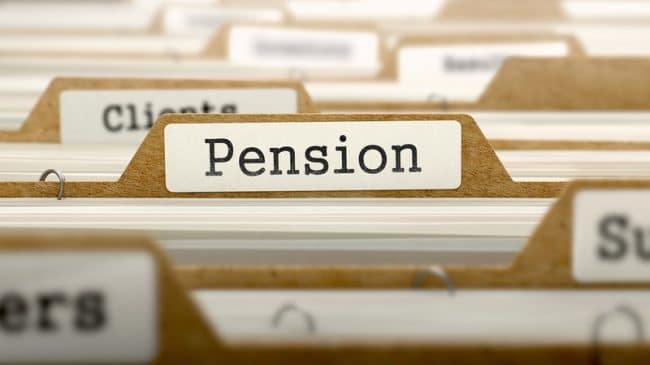Most public sector pension funds finished their fiscal years on June 30, and reports on their 2015-16 investments are starting to trickle in. The reports thus far are showing that virtually every plan has missed their assumed rate of return for the year, in part because public plans are heavily exposed to returns on U.S. equities, which struggled between July 1, 2015 and June 30, 2016. The S&P 500 index returned only 2.62% over that time span, and companies in Dow collectively produced just 3.07%. What effect do these kinds of returns have on the long-run investment performance of a plan? Well, it depends, according to a new report from Cliffwater LLC.
Cliffwater’s report covers the 10-year performance of state pension fund investments, from FYE 2006 to FYE 2015. The results of the report are mixed, but offer useful insights about the range of investment experiences between different pension systems.
To begin, there is good news for pension investments. Investment in alternative assets, like hedge funds, real estate, and private equity, has been positive for most portfolios. For two-thirds of pension funds, returns on alternatives have been higher than if the plans had adopted a simple 65/35 mix of stock and bond index funds.
The migration towards heavier investment in alternative assets began as pension systems started to feel the pressure of low investment gains relative to their long-term assumed rates of return. According to the Cliffwater report, the average fund allocated only 10% of assets to alternative investments in 2006; that figure increased to 24% in 2015.
Interestingly, different pension funds have radically different alternative asset investment strategies. In an analysis of 64 state-administrated plans, the 25th percentile invested only 16% in alternatives, compared to 31% invested by funds in the 75th percentile.
The bad news? This sample of plans had a median assumed rate of return of 8% over the 2006-2015 time period, but experienced a median return of just 6.8%. Using these figures, a dollar invested at the median rate of return 10 years ago is only worth $1.93 today, compared to the $2.15 many plans expected it to be worth. The difference adds up when considering the trillions of dollars invested in pension funds across the country.
The most interesting finding of the report is the high variance between the performances of different pension funds. The report found, “significant differences among individual state pension 10-year returns, mostly unexplained by simple differences in asset allocation or risk-taking. Some state pensions just appear more effective in implementing asset allocation compared to others” (Emphasis added).
How much does this efficacy disparity contribute to hedge fund performance? The report found that 3.3% of the 3.6% 10-year return range, as measured by standard deviation, can be explained by the way states implemented their investment strategies. The median standard deviation was about 12.7%, while individual pension fund standard deviations ranged from 9.9% to 15.6%. In other words, not only did returns vary significantly between pension funds, there was also significant difference in volatility.
These findings add to the already complicated narrative surrounding pension fund diversification. On the one hand, pension funds can no longer count on investment returns to save them from rapidly growing liabilities. As The Economist wrote earlier this year, “realistic solutions to this mess are bigger contributions from employers… higher contributions from employees (pay cuts) or reduced benefits. But many pension funds seem to hope they can make up the shortfall in returns by investing in alternative assets.”
On the other hand, diversification by investing in riskier assets does not always lead to “di-worse-ification,” a term of art used by investors to describe diversification that increases risk. With some guarantee of the right strategy, it could make sense to contribute less today if you can make up for reduced contributions through higher returns.
Much of the current debate over investment of pension plan assets is centered on whether future returns will match the past, and how much risk elected officials and pension boards should be taking with assets when taxpayers are on the hook. But it is equally important to note that there is a problem with the way fund strategies are implemented.
While some cry corruption (certainly a problem for some systems), it may well be that when it comes to managing multi-billion dollar portfolios, some pension boards simply aren’t up to the task.
Stay in Touch with Our Pension Experts
Reason Foundation’s Pension Integrity Project has helped policymakers in states like Arizona, Colorado, Michigan, and Montana implement substantive pension reforms. Our monthly newsletter highlights the latest actuarial analysis and policy insights from our team.
